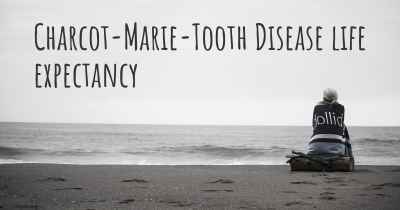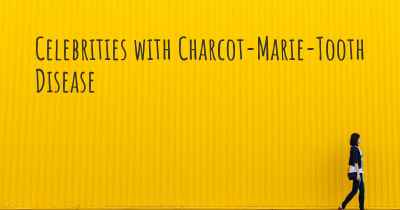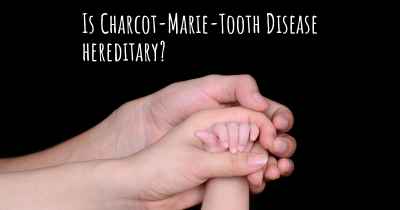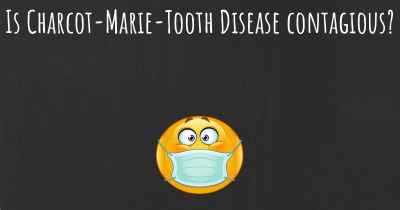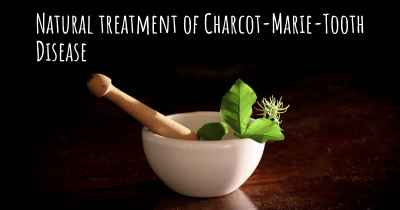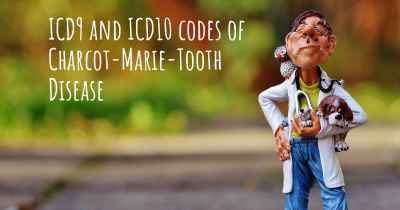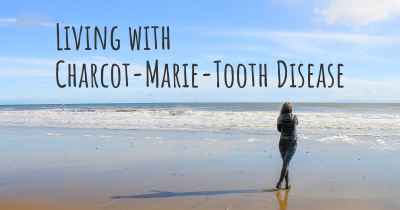Is it advisable to do exercise when affected by Charcot-Marie-Tooth Disease? Which activities would you suggest and how intense should they be?
See if it is advisable for people with Charcot-Marie-Tooth Disease to practice sports and which ones are the most recommended if you have Charcot-Marie-Tooth Disease
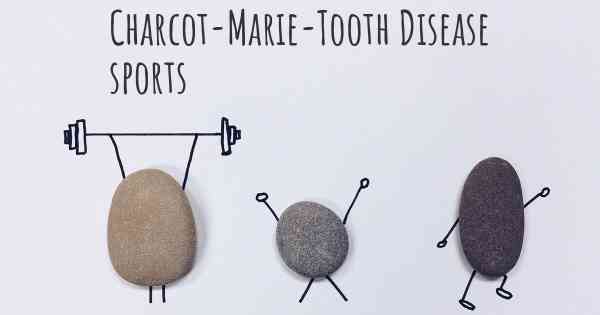
Charcot-Marie-Tooth Disease (CMT) is a hereditary neurological disorder that affects the peripheral nerves, leading to muscle weakness and atrophy. While exercise can be beneficial for individuals with CMT, it is important to approach it with caution and tailor it to the individual's specific needs and abilities.
Benefits of Exercise for CMT:
Engaging in regular exercise can offer several benefits for individuals with CMT:
- Improved muscle strength: Certain exercises can help strengthen the muscles affected by CMT, potentially improving overall mobility and reducing the risk of falls.
- Better balance and coordination: Balance exercises can enhance stability and coordination, which are often compromised in individuals with CMT.
- Pain management: Exercise can help alleviate pain associated with CMT by releasing endorphins, the body's natural painkillers.
- Enhanced cardiovascular health: Cardiovascular exercises, such as swimming or cycling, can improve heart and lung function, promoting overall health and well-being.
- Psychological well-being: Regular physical activity can boost mood, reduce stress, and improve overall mental health.
Choosing the Right Exercises:
When selecting exercises for individuals with CMT, it is crucial to consider their specific limitations and abilities. Here are some recommended activities:
- Low-impact aerobic exercises: Activities like swimming, water aerobics, and stationary cycling are gentle on the joints and provide cardiovascular benefits without putting excessive strain on weakened muscles.
- Strength training: Light resistance exercises using bands or light weights can help improve muscle strength. Focus on targeting specific muscle groups while avoiding overexertion.
- Balance and coordination exercises: Tai chi, yoga, and specific balance exercises can enhance stability and coordination, reducing the risk of falls.
- Stretching: Gentle stretching exercises can help maintain flexibility and prevent muscle tightness. It is important to avoid overstretching or holding stretches for too long.
Intensity and Safety Considerations:
When it comes to exercise intensity, it is crucial to strike a balance between challenging the body and avoiding overexertion. Here are some important considerations:
- Start slow: Begin with low-intensity exercises and gradually increase the duration and intensity over time. This allows the body to adapt and reduces the risk of injury.
- Listen to your body: Pay attention to any pain, discomfort, or excessive fatigue during or after exercise. If any of these symptoms occur, it is important to modify the activity or consult a healthcare professional.
- Work with a professional: Consulting a physical therapist or exercise specialist familiar with CMT can help develop a personalized exercise plan tailored to individual needs and limitations.
- Use assistive devices if necessary: Depending on the severity of CMT symptoms, individuals may benefit from using assistive devices such as braces, orthotics, or canes to support their exercise routine and ensure safety.
Conclusion:
Engaging in regular exercise can be beneficial for individuals with Charcot-Marie-Tooth Disease. It can help improve muscle strength, balance, coordination, pain management, cardiovascular health, and overall well-being. However, it is crucial to choose the right exercises, start slowly, and listen to the body's signals to avoid overexertion or injury. Consulting a healthcare professional or exercise specialist familiar with CMT can provide valuable guidance in developing a safe and effective exercise plan.
Posted May 21, 2018 by Joe 4050
Posted May 22, 2018 by Gabriel 1700
Posted May 22, 2018 by Dawn 4050
Start gently and build up gradually.
Anything that is enjoyable is better than nothing. For those who are severely affected, even chair- based exercises are good.
Posted May 23, 2018 by Karencmt 2620
Posted May 23, 2018 by SavShelton 2550
Swimming and walking are often suggested.
Posted May 29, 2018 by Daniel 4200
Posted Dec 8, 2019 by Bob 1400
Posted Feb 7, 2020 by Roberta 1900
Posted Feb 8, 2020 by Rhonda 1300
Posted Feb 9, 2020 by Susan 600
Posted Feb 9, 2020 by Jim 3000
If a person can still walk I feel it is very important to do some walking everyday even if they use assistance such as a cane or walker.
Swimming is great but unless you have the use of a pool with handicapped access it can be very difficult to get in and out of a pool.
Posted Feb 13, 2020 by Linda 1550
Posted Sep 4, 2017 by Lorena 2000
